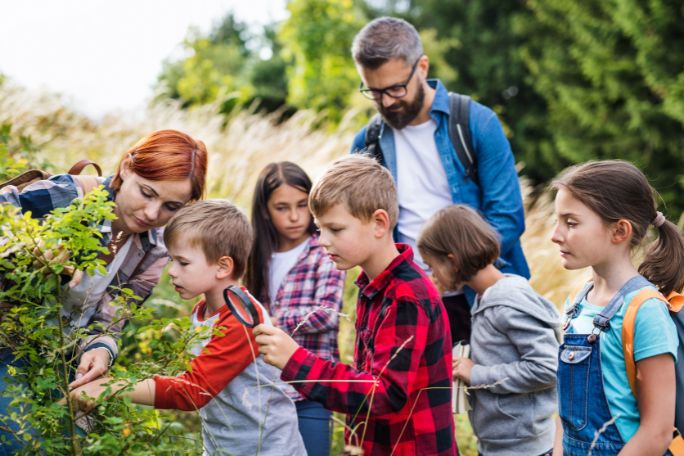Lesson summary
Students will find ways they can make practical contributions to the environment as citizen scientists.
Learning intentions:
Students will...
- contribute to a citizen science program.
Success criteria:
Students can...
- evaluate the benefits and challenges of a citizen science program
- explain an existing citizen science program
- communicate with an audience to encourage participation with a citizen science program.
Lesson guides and printables
Lesson details
Curriculum mapping
Australian Curriculum content descriptions:
Year 6 Science:
- Scientific knowledge is used to solve problems and inform personal and community decisions (ACSHE100).
Relevant parts of Year 6 Science achievement standards: Students explain how scientific knowledge helps us to solve problems and inform decisions and identify historical and cultural contributions.
Syllabus outcomes: ST3-7PW.
General capabilities: Literacy, Information and Communication Technology (ICT) Capability.
Level of teacher scaffolding: Medium – support students through independent work.
Resources required
- Art supplies – coloured pencils, paper
- Individual devices capable of accessing the internet – one per student
- Factsheet – 10 Principles of Citizen Science
- Student Worksheet – one copy per student
Skills
This lesson is designed to build students’ competencies in the following skills:
- Communication
- Community engagement
- Digital literacy
- Initiative
- Leadership
Additional info
We encourage you to undertake the free PD Course How to teach a unit on fire and flood resilience for tips on how to best deliver this lesson.
If you’re concerned about the challenging nature of these topics, consider the free PD Course How to approach trauma in the classroom for information on how best to support your students.
This lesson was made in partnership with
Minderoo Foundation (www.minderoo.org).


Welcome back!
Don't have an account yet?
Log in with:
By signing up to Cool.org you consent and agree to Cool's privacy policy to
store, manage and process your personal information. To read more, please see
our privacy policy here(Opens in new tab).
Create your free Cool.org account.
Many of our resources are free, with an option to upgrade to Cool+ for premium content.
Already have an account?
Sign up with:
By signing up to Cool.org you consent and agree to Cool's privacy policy to
store, manage and process your personal information. To read more, please see
our privacy policy here(Opens in new tab).